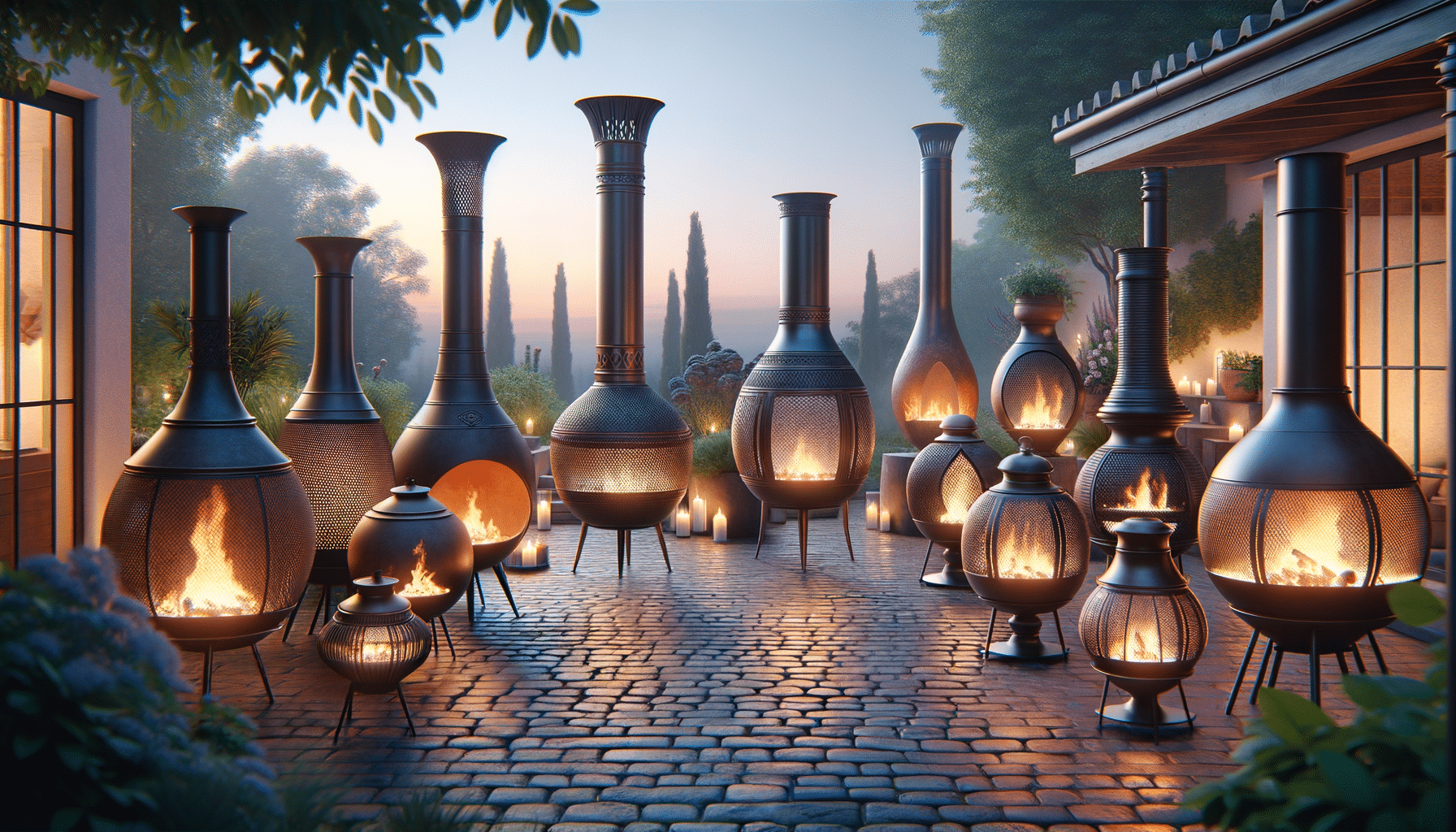Exploring the Charm and Functionality of Chimeneas
Discover the unique appeal and practical benefits of chimeneas in outdoor living spaces.

Introduction to Chimeneas
Chimeneas, with their distinctive design and multifaceted utility, have become a beloved feature in many outdoor spaces. Originating from Mexico, these freestanding fireplaces are traditionally made from clay, but modern versions also come in cast iron and steel. Their unique shape, resembling a bulbous body with a slender chimney, serves both aesthetic and functional purposes. In this article, we explore the charm and practicality of chimeneas, offering insights into their history, material variations, and the benefits they bring to outdoor living.
The History and Evolution of Chimeneas
The history of chimeneas dates back several centuries to the indigenous peoples of Mexico. Originally crafted from clay, these fireplaces were used for heating and cooking. Their design, featuring a wide base for burning wood and a tall chimney to direct smoke upwards, made them efficient and practical. Over time, the chimenea has evolved, adapting to modern needs and aesthetics. Today, while traditional clay models remain popular for their rustic charm, metal versions offer durability and a contemporary look. This evolution reflects a blend of cultural heritage and modern innovation, making chimeneas a versatile choice for any outdoor space.
Material Choices: Clay vs. Metal Chimeneas
When considering a chimenea, the choice of material is crucial. Clay chimeneas are prized for their natural appearance and ability to radiate heat evenly. They are ideal for those seeking an authentic, earthy aesthetic. However, clay is more fragile and can crack under extreme temperature changes. On the other hand, metal chimeneas, made from cast iron or steel, offer greater durability and can withstand harsh weather conditions. They are often chosen for their modern appeal and longevity. Each material has its pros and cons, and the choice largely depends on personal preference and intended use.
Benefits of Using Chimeneas
Chimeneas offer numerous benefits that enhance outdoor living. Their design allows for efficient burning, providing warmth and ambiance with minimal smoke. This makes them perfect for gatherings, extending outdoor enjoyment into cooler seasons. Additionally, chimeneas can be used for cooking, adding a unique flavor to meals. They also serve as a focal point in garden design, adding visual interest and charm. Whether for warmth, cooking, or aesthetics, chimeneas are a valuable addition to any outdoor space, combining functionality with style.
Maintaining Your Chimenea
Proper maintenance is key to ensuring the longevity and performance of your chimenea. For clay models, it’s important to cure them before first use by gradually building up the heat. Protecting them from rain and extreme cold is also essential to prevent cracking. Metal chimeneas require regular cleaning to prevent rust and should be covered when not in use. Using a wire brush to remove soot and ash can help maintain airflow and efficiency. By following these maintenance tips, you can enjoy your chimenea for many years, keeping it in excellent condition and ready for any occasion.